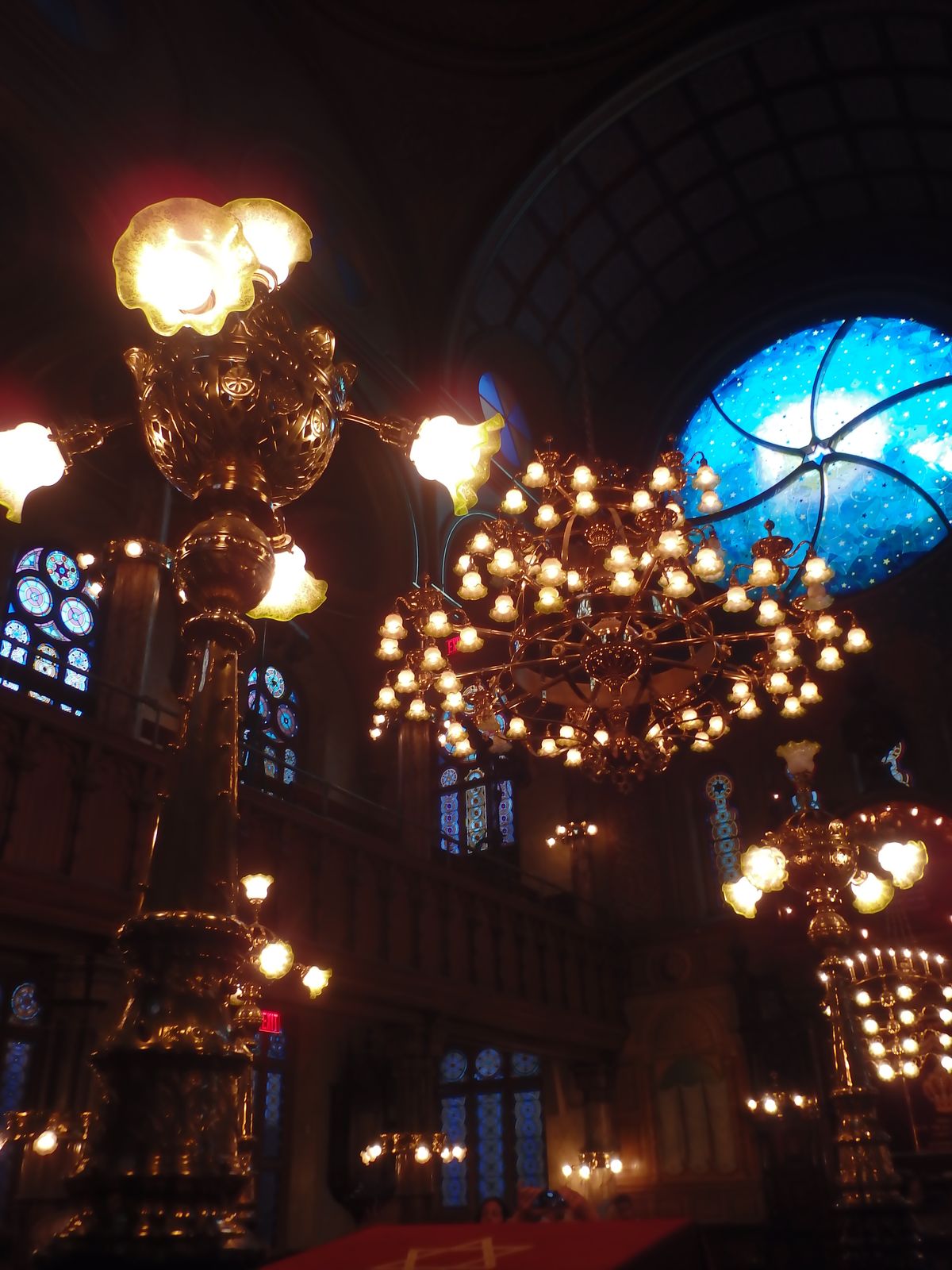About
Between 1881 and 1924, over 2.5 million Eastern European Jews immigrated to the United States, and close to 75 percent of that population initially settled on New York's Lower East Side. By the turn of the century, the neighborhood was known both as the "Jewish Plymouth Rock" and the most crowded place on earth.
Built in 1887, the Eldridge Street Synagogue was America's first great house of worship built by Eastern European Jews, providing the immigrants of crowded Lower East Side tenements a space of sanctuary.
When Eldridge Street opened its doors it was a declaration of the community's newly found religious freedom. Designed by the architects Peter & Francis Herter, the synagogue provided a welcome contrast to the cramped tenements, factories, and shops of the Lower East Side. Light poured in from 67 stained glass windows, Stars of David adorned the outside facade, and the main sanctuary hosted an exuberant Moorish-style interior with soaring ceilings.
For 50 years, the synagogue flourished, with thousands participating in religious services. Police were stationed outside on High Holidays for crowd control. When the 1920s brought immigration quotas to limit the number of newcomers pouring into Ellis Island, membership at the Eldridge Street Synagogue plateaued, then began to decline. Following World War II, many Lower East Siders left for the suburbs. From then on the luxurious main sanctuary was used less and less. Without the resources necessary to heat and maintain the gigantic sanctuary, the small congregation relocated their worship to the building’s lower level.
In the 1980s, after decades of neglect, a New York University professor rediscovered the sealed sanctuary. Pigeons roosted in the balcony and the grime was so thick you could write your name in it. The beautiful synagogue would collapse if nothing was done. Historian Roberta Brandes Gratz established the Eldridge Street Project, a precursor to the Museum at Eldridge Street. The project got the building designated a National Historic Landmark and paved the way for what would become a 20-year, $20 million restoration.
Finally, in December of 2007, the restoration was completed in time for the synagogue's 120th anniversary. In 2010, the museum installed a new stained glass window created by artist Kiki Smith and architect Deborah Gans. Today the museum welcomes visitors from around the world for tours, school programs, concerts, lectures and other cultural events. A small group of Orthodox Jews continue to use the space for worship.
Related Tags
Community Contributors
Added By
Published
April 26, 2017











































